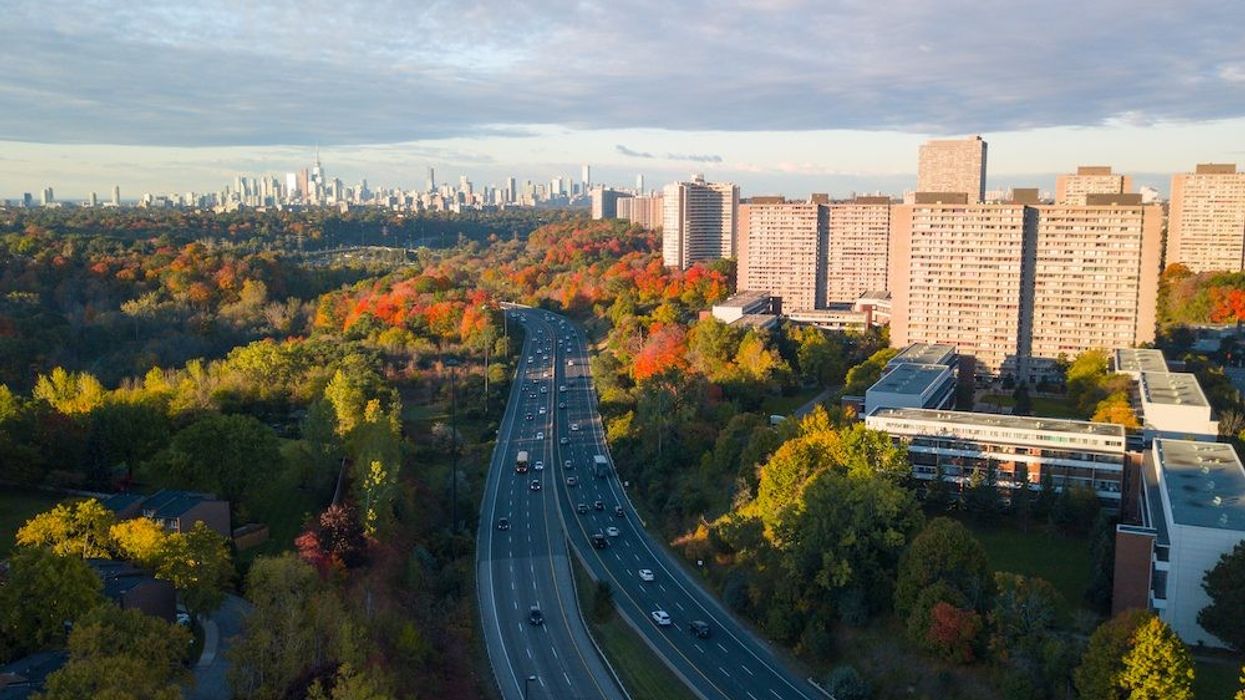In Canada, we like to say that housing is a human right. Maybe so, but mostly it’s a commodity -- an economic entity, an asset -- avidly sought after by investors big and small, private, public and corporate.
Reconciling the two has so far proved impossible. Home owners and investors may be happy about sky-high housing costs, but not those looking to buy a home.
Little wonder, then, that housing has become a red-hot political potato. This is true municipally, provincially and as we saw Thursday, federally. Governments at all levels are tripping over themselves to make home ownership affordable. Yet no matter how much money they throw at the problem, it eludes us.
Approvals Don't Equal Shovels in the Ground
So when finance minister Chrystia Freeland launched her government’s $10B housing program, hopes were high. But as always, good intentions are never enough. Like Ontario Premier Doug Ford before her, Freeland bought into the received wisdom that the big obstacle to building more housing is red tape, specifically glacial approval processes. No one would argue that getting construction started takes too long, but that’s not the problem politicians claim.
What Freeland and Ford don’t seem to know is that in Ontario alone, thousands upon thousands of houses have been approved but not built. In Toronto, according to city figures, roughly 250,000 units sit unrealized. In Barrie, that number is 19,000.
As Barrie councillor Mike McCann told BarrieToday, “Because the builders can make more money if they wait. There’s going to be more demand than supply. What happens to the supply? It increases in price.”
Therein lies the rub. While governments are busy trying to cool the market by taxing and now (temporarily) banning foreign buyers, developers are doing everything they can to fan the flames. It’s no secret that many condos are designed specifically to appeal to investors, often off-shore investors. This is why the supply of rental stock in Toronto has remained steady; many are purchased for rental, often ending up as short-term Airbnb rentals or “ghost hotels.”
If the financialization of housing weren’t enough, there’s the irresistible power of the NIMBY hordes. Generally hostile to change, they slow the process and are adept at exerting political pressure where it hurts, especially at the municipal level. On the other hand, they can’t be ignored; who else can be counted on to fight against heavy-handed interventions of government, developers and public institutions such as Metrolinx, currently wreaking havoc across the city?
Savings Account Won't Go Far in Million-Dollar Market
Freeland’s budget does offer a handful of positive, albeit tokenistic, measures. It stipulates, for example, that any house bought and sold within a year “would be subject to full taxation of their profit.” The document also introduces a First Home Savings Account that will enable buyers to contribute up to $40,000, “tax-free in, tax-free out”. It’s a nice move, but not one that will have a significant benefit when the average cost of a house in Toronto is just over $1M. Still, critics are already complaining that efforts to make home-ownership more affordable will only lead to higher prices.
At the same time, the budget ignores the “renoviction” phenomenon that has removed significant amounts of low-cost rental housing from the market. Yet even this is part of a larger issue, namely the wave of gentrification unleashed by the return to cities around the globe. Toronto is no exception; whole neighbourhoods -- beneath the middle-class radar until recently -- are now much sought after.
Perhaps it’s time Toronto -- and Canada -- relearn the lessons of the St. Lawrence Neighbourhood, the shining example of urban renewal led by city hall and supported by provincial and federal governments in the 1970s. Located downtown on derelict industrial land, the mixed-use community included housing for 3,500 people, full market units as well as subsidized and rental.
READ: Fed Up Residents Want Esplanade Shelter Out of Their Backyard
Its success was due to many things, says Allan Littlewood, architect and chief planner of St. Lawrence, but one in particular. “It was leadership,” he explains, “[former mayor] David [Crombie] mostly, but also [former mayor] John Sewell, the Reform Council, [then finance minister] Donald MacDonald, [Toronto housing commissioner] Michael Dennis…
“Suddenly people were moving mountains to get things done. What we’re missing today is the spirit of co-operation, not confrontation. We just barged ahead. We were excited about the city and driven by enthusiasm.”
Toronto City Hall hasn’t barged ahead on anything since. As for co-operation between Toronto and Queen’s Park; the last time the province demonstrated any interest in the city came when Premier Doug Ford confronted the city and council in half during the 2018 municipal election. As for Ottawa, it has largely been missing in action for decades.
Freeland’s plan will help those who already have money; the rest, as usual, are out of luck. But until the “senior” levels of governments return to the housing business, the crisis will only get worse. At the end of World War II, when the housing shortage was as desperate as today, Ottawa broke its habit of parsimony and did what had to be done.
In a country where powerful corporate forces and their deeply-pocketed lobbyists control the housing market, putting a roof over one’s head will only grow tougher for many Canadians. Like the road to hell, Freeland’s budget is lined with good intentions. If only they were enough.





















